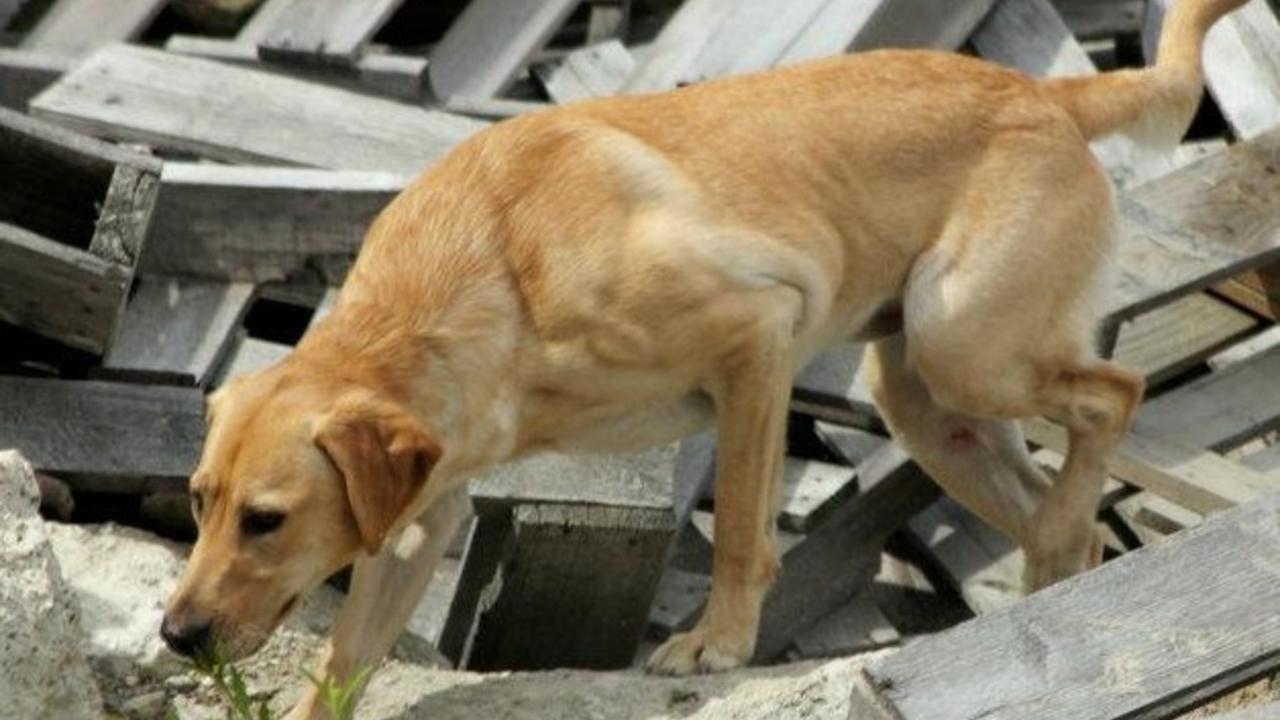When You Have No Time to Add Fitness to Your Training
Nov 19, 2020
Recently I’ve had interesting conversations with two working dog trainers who are struggling to find ways to integrate canine fitness into their training programs. They understand the importance of keeping dogs in top physical condition and truly want to build more fitness into their training. They confront a number of challenges, however, such as 12-hour work days for dog/handler teams and dogs not being allowed to go home with handlers on the days that they aren’t working.
Common questions that came up during these conversations included…
- How can you enhance canine fitness when you feel like you can’t squeeze in any additional training time into your workday?
- How do you help handlers who all have different schedules and don’t have the ability to train with other team members throughout the work week?
- How do you squeeze in exercise, or do you even try to squeeze in more exercise, when dogs are already putting in very long days of searching?
At first glance, these challenges might appear insurmountable. As I paused to gather my thoughts before meeting with these individuals, I thought of some very clear and simple things that trainers and handlers can do to help enhance their dogs’ working performance.
First, it’s important that people understand that improving performance doesn’t just mean training more frequently. It means trainer smarter. Having an understanding of the various components of canine fitness and making even a few small adjustments can have a tremendous impact on a dog’s performance.
Here are just a few examples of things you can do to help improve your dog’s working performance that don’t rely on simply training longer or more often…
1) A dog that is in excellent body condition will perform better than a dog that is not well conditioned. A well-conditioned dog will also work better in inclement weather and recover faster after work or training. One simple way to begin improving canine fitness is by keeping your dog at a perfect weight. Having proper body weight is one component of being fit. Excess body fat can negatively impact overall endurance, slow down the body’s ability to cool, create unnecessary wear and tear on the joints, and even negatively impact searching accuracy and stamina.
2) What you do and give your dog before, during and after exercise can also greatly impact your dog’s performance. Special considerations need to be given to keeping a dog well hydrated and minimizing the risk of heat injury. And if you are adding a post exercise supplement to their diet, when you give the supplement can play a role in its effectiveness and can have an impact on how quickly your dog recovers from exercise. This is crucial when your dog is working multiple sessions throughout the day or doing back-to-back days of work or training.
3) Improving working performance also mean preventing injuries and detecting subtle signs of soreness or pain before a full-blown injury emerges. Being highly in tune with your dog, developing “critical observation” skills, and recognizing when you are doing too much (or too little) with your dog can mean the difference between having a long and successful working career or having to retire your injured dog much sooner than anticipated.
Finally, understanding how to design a well-balanced fitness program based on your dog’s unique strengths and weaknesses can help you reach a higher level of performance. Knowing your dog’s specific physical weaknesses (no dog is perfect!) and training needs, then developing a customized program to meet these needs, are essential if you want to help your dog perform at his or her best.
Are you involved in detection or protection work and want to know more about how to get your dog into excellent physical condition or ways to aid post exercise recovery? Looking for tips on how to detect subtle signs of soreness so that you can help prevent injury? Do yoou want to learn our proven 6-step process to designing fitness programs for sport or working dogs?
If yes, I want to remind you that enrollment for our Mission Ready K9 Program closes this Sunday! This is the last chance to join us this year! For more information and to enroll, visit https://
To your success!
Not involved in detection, search or protection work?
Our Mission Ready K9 Program is specifically designed to meet the needs of the SAR, police and military working dog handler. People involved in detection and/or protection work for sport can also benefit from the program. If you are not involved in detection or protection work but want to learn more about fitness for the canine athlete, check out our K9 Peak Performance and Elite K9 Athlete programs!

Photos by Konnie Hein & Sarah Atlas.
Stay connected with the latest fitness news and updates!
Complete the form below to receive your FREE Canine Fitness Planning Guide and video! We'll also keep you up-to-date on our latest fitness news and workshops!
We hate SPAM. We will never sell your information, for any reason.

